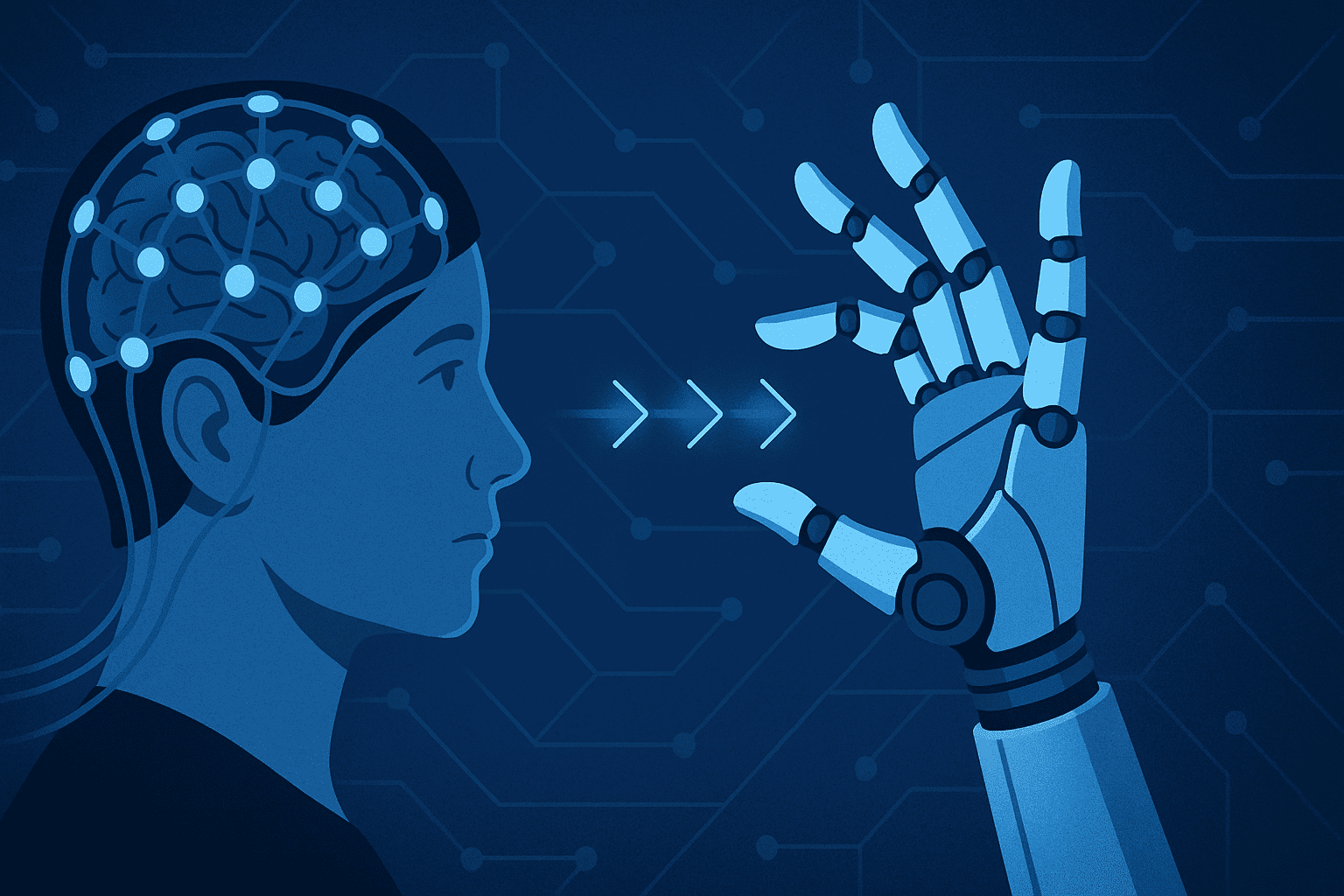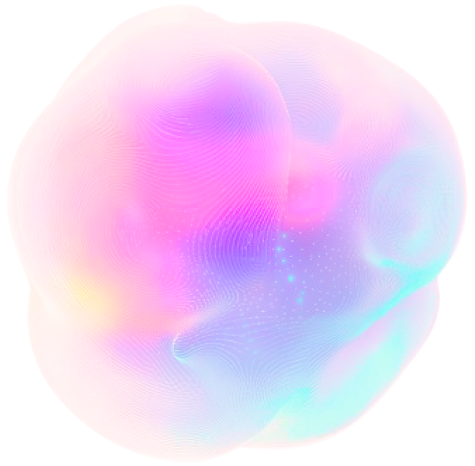Insider Brief
- A new robot training method developed by researchers at Duke and Columbia University enables teams of robots to learn human-style cooperation through brief coaching from a single human.
- The system, called HUMAC, uses limited real-time intervention to teach predictive reasoning and strategy, allowing robot teams to double their success rate in complex tasks such as hide-and-seek simulations.
- Funded in part by the Army Research Laboratory’s STRONG program, the research offers a scalable alternative to traditional reinforcement learning and may support future deployment of autonomous systems in disaster response, defense, and other real-world scenarios.
A team of roboticists from Duke University and Columbia University put a hide-and-seek game to work in developing a new method to teach groups of robots to collaborate using human-like reasoning.
The technique, called HUMAC, enables robots to anticipate teammates’ behavior and adapt strategies on the fly with only 40 minutes of coaching from a single human, according to Duke. The findings, to be presented at the 2025 IEEE International Conference on Robotics and Automation, suggest that robot teams can learn to coordinate in complex, dynamic environments by mimicking a cognitive trait called Theory of Mind.
“Humans start to develop the skill of Theory of Mind around age four,” noted lead researcher Boyuan Chen, the Dickinson Family Assistant Professor of Mechanical Engineering and Materials Science, Electrical and Computer Engineering, and Computer Science at Duke University. “It allows us to interpret and predict others’ intentions, allowing collaboration to emerge. This is an essential capability that our current robots are missing to allow them to work as a team with other robots and humans. We designed HUMAC to help robots learn from how humans think and coordinate in an efficient way.”
The study explores how a human trainer can guide multiple robots by briefly assuming control of individual units during key moments in a task, embedding strategy through example. Once the training is complete, the robots retain the ability to predict one another’s actions and adjust their tactics collectively. The result is more efficient cooperation without the need for extensive programming or massive trial-and-error training regimes.
To demonstrate the approach, researchers ran a series of hide-and-seek games involving robot teams navigating obstacle-filled environments. Using only limited visual data, the HUMAC-trained robots achieved success rates more than double those of uncoordinated teams. In one scenario, the rate rose from 36% to 84% in simulation, and held at 80% during physical trials.
“We observed robots starting to behave like genuine teammates,” Zhengran Ji, the lead student author and graduate student in Chen’s lab, noted in a statement. “They predicted each other’s movements and coordinated naturally, without explicit commands.”
Unlike traditional control algorithms that rely on rigid rule-following or large datasets of human demonstrations, HUMAC uses targeted, real-time interventions to instill predictive reasoning. Robots trained under this framework learn to internalize the strategies of both allies and opponents, enabling complex group tactics like encirclement and ambushing, researchers noted.
The implications are far-reaching. As robotic systems are increasingly deployed in real-world environments—from natural disaster zones to defense operations—the need for autonomous systems that can cooperate intuitively under uncertain conditions grows. According to Chen, the method offers a more scalable and efficient alternative to reinforcement learning or imitation-based approaches.
The research is funded in part by the Army Research Laboratory, or DEVCOM ARL, through the Strengthening Teamwork for Robust Operations in Novel Groups (STRONG) program. According to the program’s website, Spanning a 10-year horizon, the program aims to generate scientific breakthroughs by bringing together interdisciplinary expertise to address critical research questions and enable the deployment of effective human-agent partnerships in operational environments.
“AI is not just a tool for humans, it’s a teammate. The final form of super-intelligence will not be AI alone nor humans alone, it’s the collective intelligence from both humans and AI,” Chen said. “Just as humans evolved to collaborate, AI will become more adaptive to work alongside with each other and with us. HUMAC is a step toward that future.”





